|
|
| Пишет kavery ( @ 2007-04-18 15:32:00 |
|
|
|
|
|
|
|
|
|
|
|
|
|
|
Картины из галантной жизни 16 века
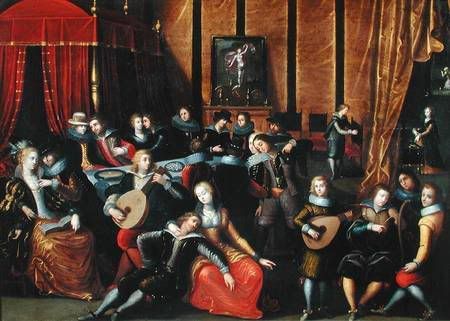
Художник: Louis de Caullery
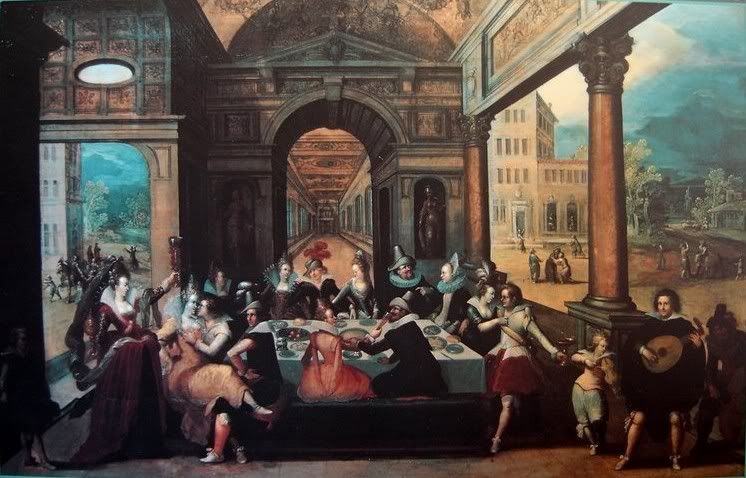
The Parable of the Prodigal Son 1600
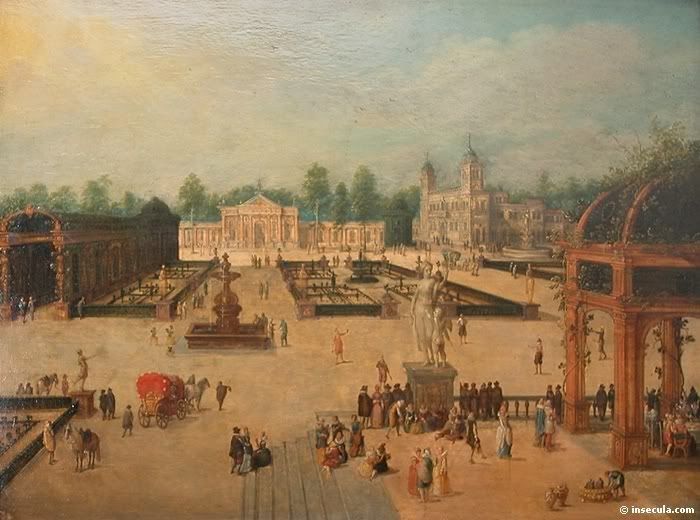
Vue de fantaisie des jardins de la Villa Médicis à Rome
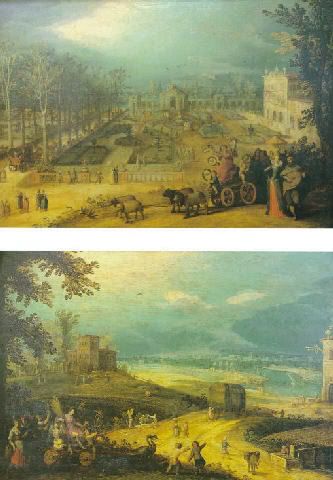
Promeneurs dans un paysage inspiré des jardins de la villa Médicis ou l'allégorie du Printemps & Paysage fluvial avec les moissons ou l'allégorie de l'Été
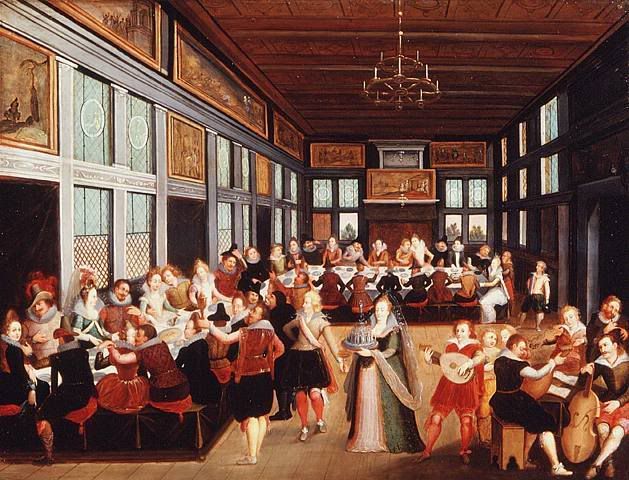
Banquet scene in a palace interior
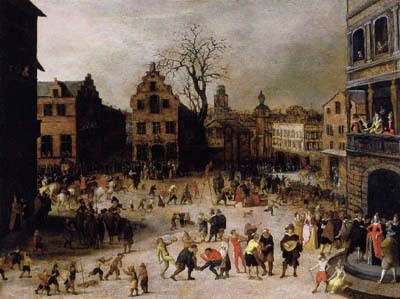
Scène de carnaval sur la place d’une ville
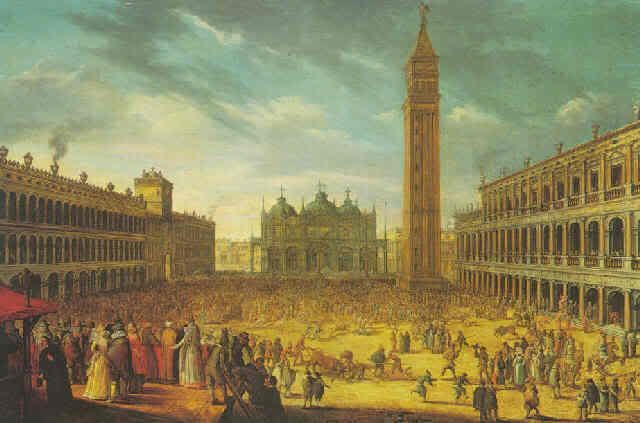
Venice, the Piazza San Marco with a carnival
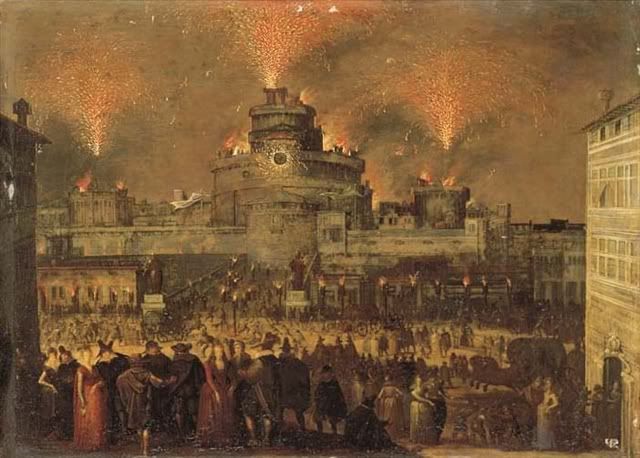
A firework display at the Castel Sant'Angelo, Rome
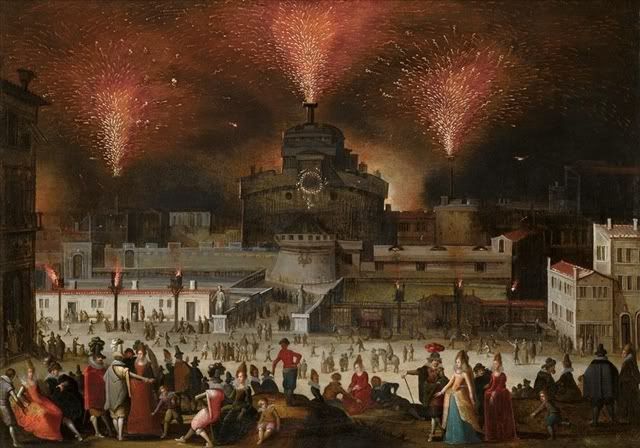
Rome, a view of the Castel Sant'Angelo during the girandole with elegant figures watching and promenading in the foreground.
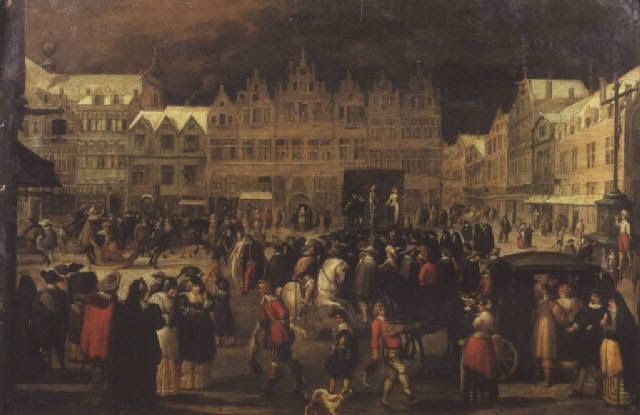
Scène de carnaval en hiver sur la place d'une ville flamande ( Сцена зимнего карнавала на площади во фламандской деревне)

Palace Garden with Dancing Company
Louis de Caullery (1555/62-1621/22) was one of the pioneers of the genre of courtly gatherings in Flemish painting of the 17th century.
According to artnet.com Caullery "probably came from the village of Caulery near Cambrai, but moved to Antwerp in 1594 and trained with Joos de Momper. He was accepted as a Master in this town in 1602. The date he went to Italy cannot be determined; his works prove that he did however reside in Venice, Florence and Rome. This artist was inclined toward genre painting and dealt with a highly variety of scenes : carnivals on ice, fireworks, bull-fights, open-air collections, allegories of the five senses and meetings painted in the spirit of the Fontainebleau School. The tallness of his characters, their exquisite postures, smooth faces and bare foreheads characterize his style. His colours are highly sophisticated. Under the influence of the Italian Masters, his palette proved to be an innovation in Flanders: half tones, ocher-yellow, Veronese green and Burgundy red. His depiction of buildings shows him to be concerned with fine precision, while being very skillful at presenting perspective."

Художник: Louis de Caullery

The Parable of the Prodigal Son 1600

Vue de fantaisie des jardins de la Villa Médicis à Rome

Promeneurs dans un paysage inspiré des jardins de la villa Médicis ou l'allégorie du Printemps & Paysage fluvial avec les moissons ou l'allégorie de l'Été

Banquet scene in a palace interior

Scène de carnaval sur la place d’une ville

Venice, the Piazza San Marco with a carnival

A firework display at the Castel Sant'Angelo, Rome

Rome, a view of the Castel Sant'Angelo during the girandole with elegant figures watching and promenading in the foreground.

Scène de carnaval en hiver sur la place d'une ville flamande ( Сцена зимнего карнавала на площади во фламандской деревне)

Palace Garden with Dancing Company
Louis de Caullery (1555/62-1621/22) was one of the pioneers of the genre of courtly gatherings in Flemish painting of the 17th century.
According to artnet.com Caullery "probably came from the village of Caulery near Cambrai, but moved to Antwerp in 1594 and trained with Joos de Momper. He was accepted as a Master in this town in 1602. The date he went to Italy cannot be determined; his works prove that he did however reside in Venice, Florence and Rome. This artist was inclined toward genre painting and dealt with a highly variety of scenes : carnivals on ice, fireworks, bull-fights, open-air collections, allegories of the five senses and meetings painted in the spirit of the Fontainebleau School. The tallness of his characters, their exquisite postures, smooth faces and bare foreheads characterize his style. His colours are highly sophisticated. Under the influence of the Italian Masters, his palette proved to be an innovation in Flanders: half tones, ocher-yellow, Veronese green and Burgundy red. His depiction of buildings shows him to be concerned with fine precision, while being very skillful at presenting perspective."